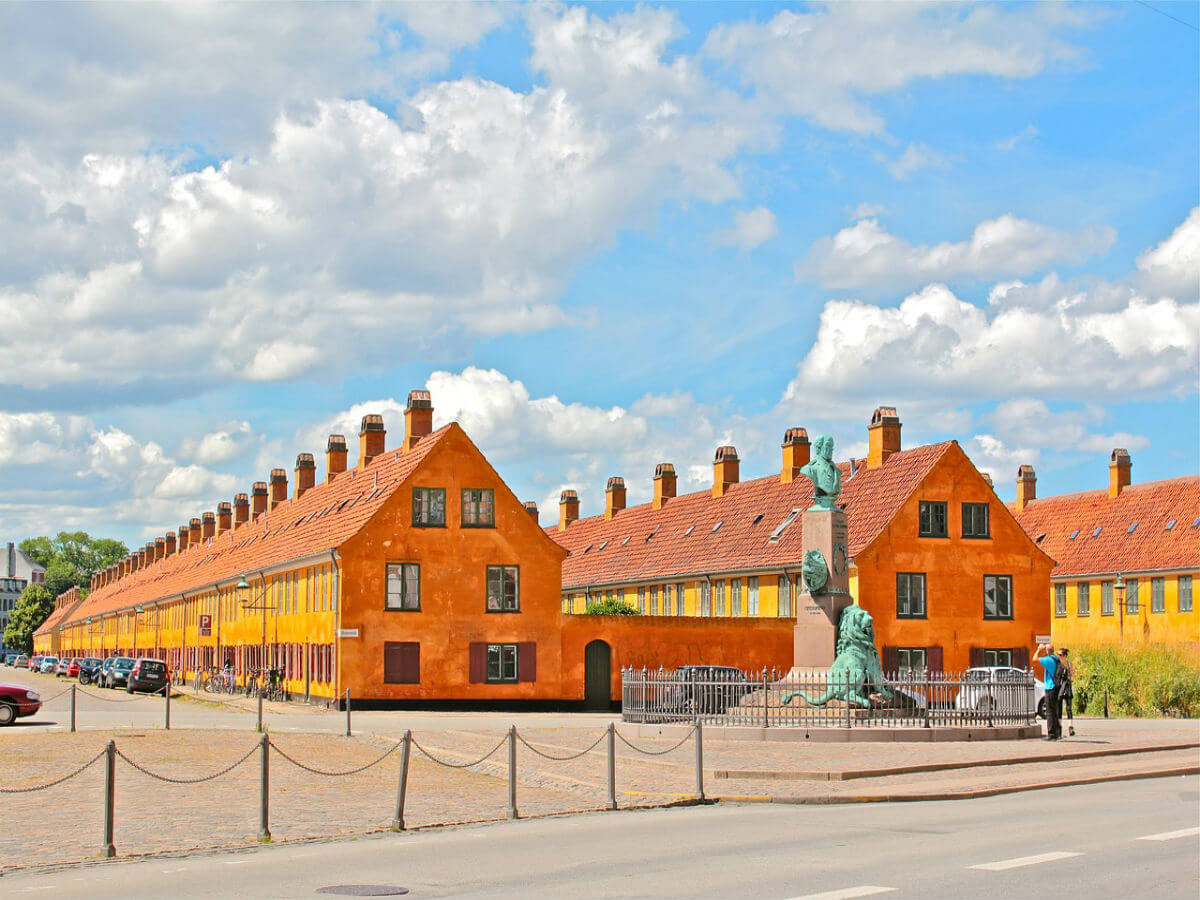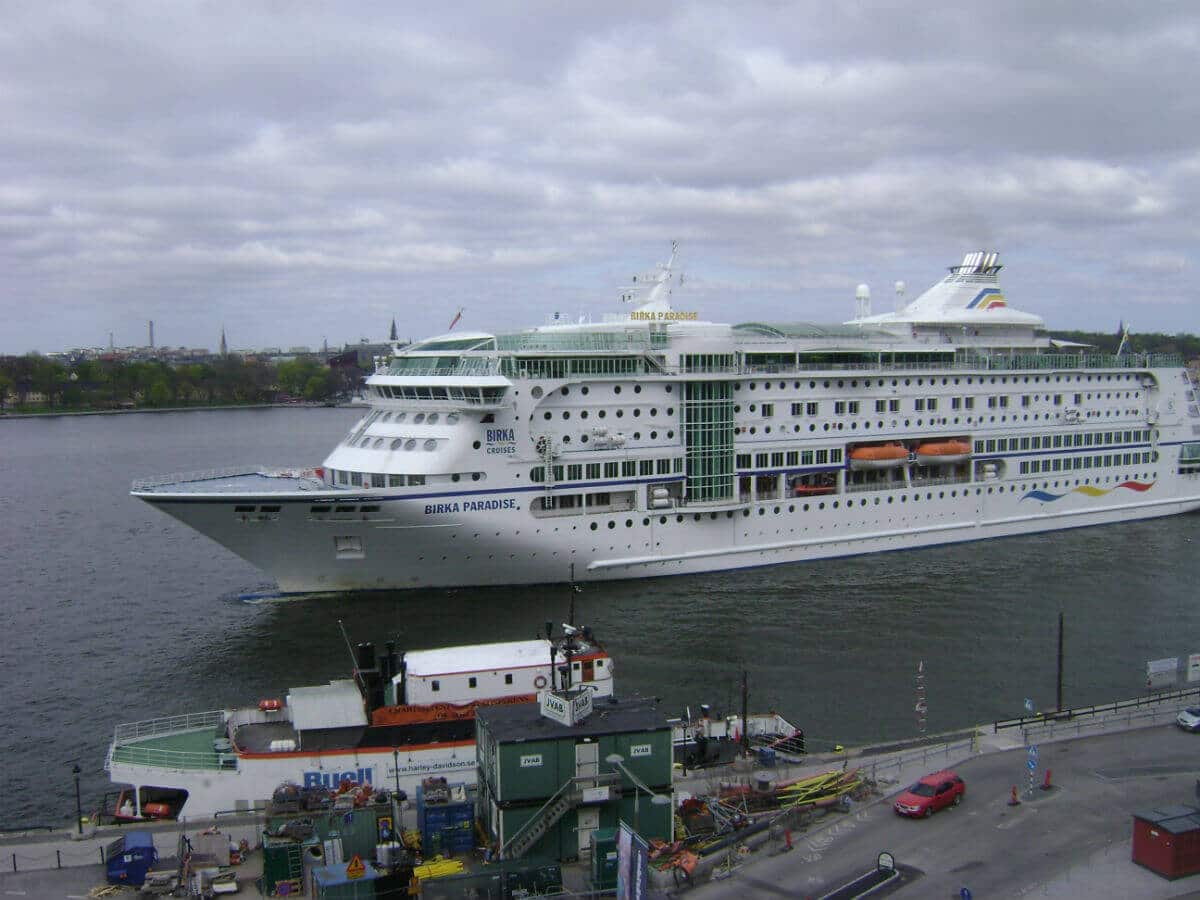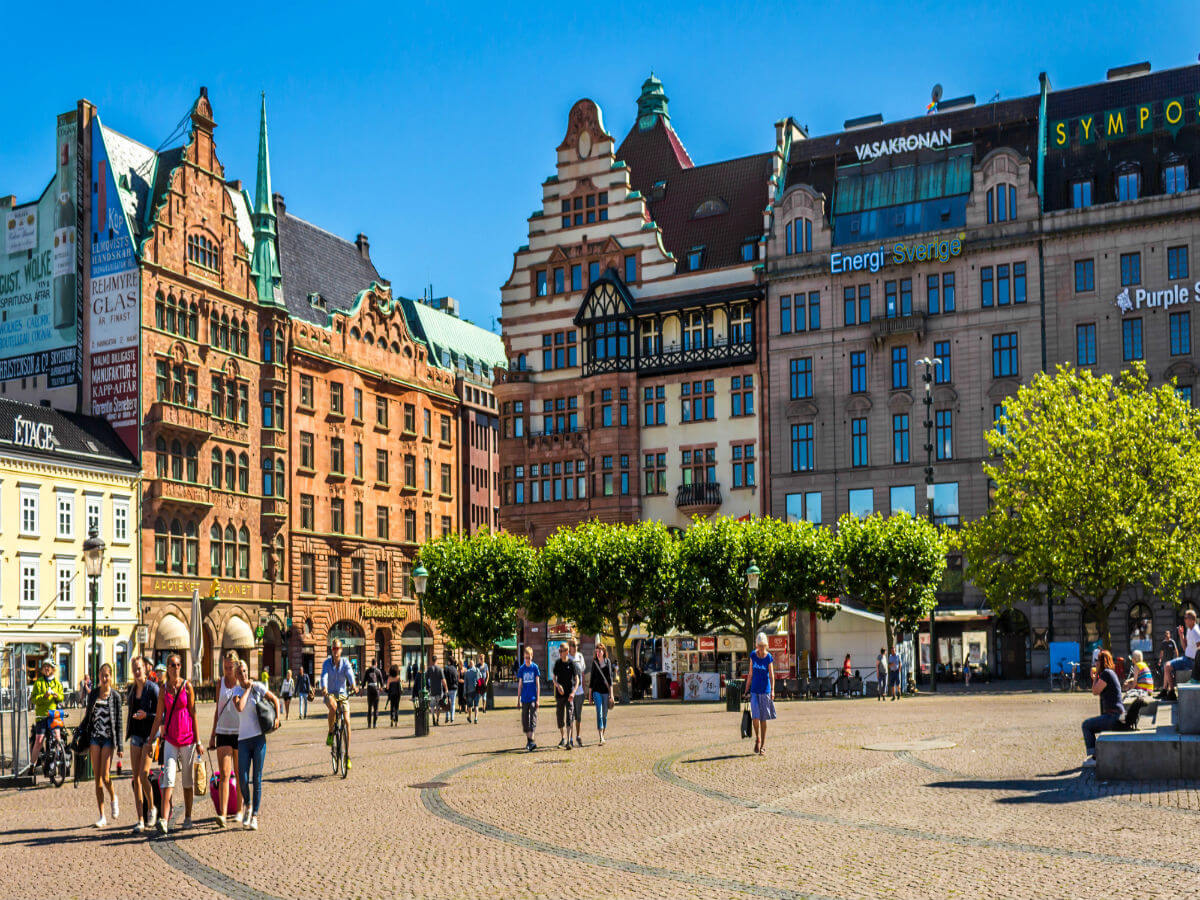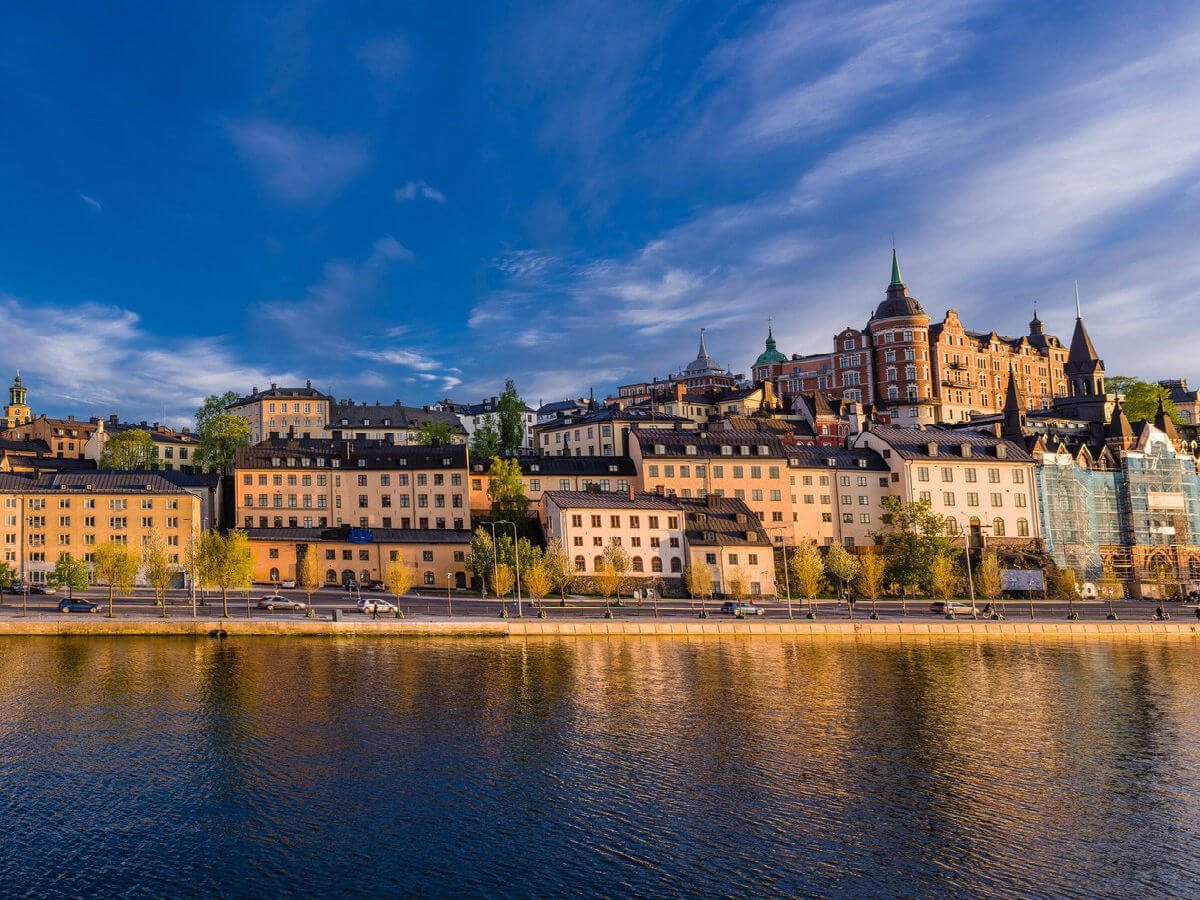Tour Packages
Sweden Tour Packages
SUPER DEAL PRICE
STARTS FROM
per person on twin sharing
ATMs are widely accessible throughout various areas.
Credit cards are widely accepted across Sweden.
Finding a bank is easy in Sweden.
The legal drinking age in Dubai is 18.
Swedish residents are known for their hospitality.
Sweden - Visitors Statistics

Annually
1,18,00,000
Male51%
Female49%
By Purpose
Couples
For Newlywed Vacations
Family
For Family Vacations
Top Visitors from India
Mumbai
Delhi
Bengaluru
Chennai
Kolkata
Hyderabad
Pune
Ahmedabad
Jaipur
Lucknow
Everything You Need to Know About Sweden
When we think of Sweden, quite a few things come to mind. Meatballs, IKEA, a winter wonderland, while all of these elements hold true for Sweden, the country has much more to offer. From the rich music scene to the abundance of art, you will never run out of things to explore in the country with our Sweden tour packages. Situated on the Scandinavian Peninsula in northern Europe, Sweden is like a breath of fresh air with its untouched natural beauty and unique architecture.
Let’s dive deep into Sweden’s culture, history, cuisine, shopping options, tourist attractions, and beyond. As you read on, you will find not one but numerous reasons to book one of our Sweden tour packages immediately.
View All Sweden Tour Packages
Travel Tips

Visa Information
Check visa requirements before traveling, ensuring a smooth entry and compliance with destination regulations.

Health and Safety Tips
Prioritize health, stay hydrated, follow safety guidelines, and maintain personal hygiene for a secure journey.

Currency and Tipping
Familiarize with local currency, consider customary tipping practices for respectful and seamless travel experiences.
FAQs:
Book Your Dream Vacay Today!














